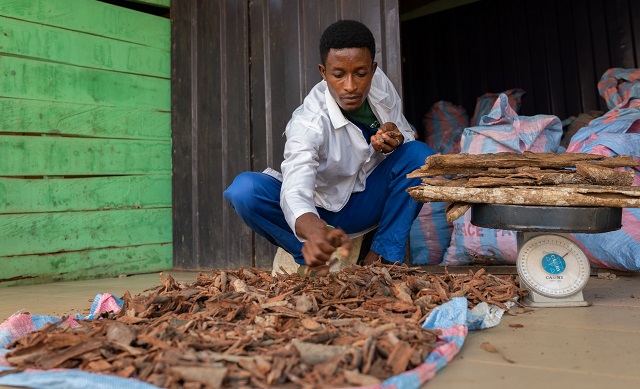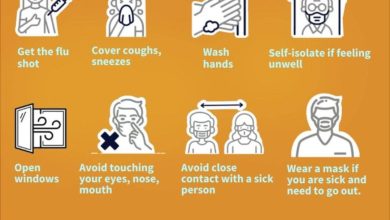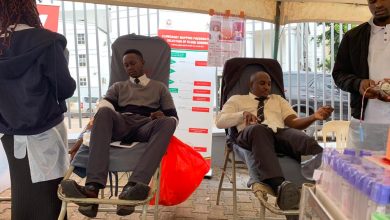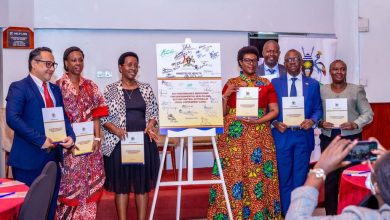Traditional healing of mental illness

Colonial powers tried to stifle it and failed and today it’s a powerful force
ANALYSIS | MAJA JAKARASI | In Zimbabwe’s Shona language, mental illness is known as chirwere chepfungwa or kupenga. Before British colonial settlers arrived in 1890, traditional healers (n’anga) played an important role in helping people to manage their mental as well as their physical health.
But, from the late 19th to the mid-20th century, the British colonisers, particularly Christian missionaries, cracked down on the work of the n’anga. They insisted that communities should abandon their traditional beliefs and healing practices. Instead, people were cajoled and threatened to embrace western biomedicine, relying on its psychiatric and psychological methods to treat mental illness.
The British government of what was then Rhodesia introduced the Witchcraft Suppression Act in 1899. It also used the colonial education system to push people away from what the British perceived as “superstitious” ways of understanding and healing illnesses.
The colonial crackdown succeeded only in driving healing practices underground. Shona people no longer openly expressed their interest in using traditional rituals. Unfortunately, they did not always receive the help they needed from western biomedicine, since there were only a limited number of nurses, medical doctors, psychiatrists or psychologists available to treat those with mental illnesses. The system favoured white “Rhodesians” and Shona people weren’t given priority.
In the 1980s, in the early post-colonial Zimbabwe, the government introduced several strategies to try to restore the respect and function of cultural beliefs and traditional healing practices. It created Zinatha (the Zimbabwe Traditional Healers Association) and later amended the witchcraft suppression law, so that traditional healers were no longer viewed as witches or “witch-doctors” or their healing practices as witchcraft.
I am a researcher who focuses on traditional healing, mental health and neo-liberal regimes in north-eastern Zimbabwe. I wanted to know what role n’anga play in helping the Korekore (a sub-group of Shona people) in the country’s Rushinga district manage their mental health. I also wanted to know how people think about mental illness and what factors they believe influence it. In a recent study I did just that.
The Korekore strongly believe that mental illness is largely caused by sorcery, witchcraft, the breaking of cultural taboos, or aggrieved or avenging spirits. They acknowledge that other psychosocial and physical factors can play a role, too, but largely see kupenga as a social and cultural issue.
This means that traditional healers are key to managing mental illness. I argue that the public health system, which still values western biomedicine over other approaches to healing, needs to take the role of traditional healers more seriously and work towards helping patients holistically, in a way those patients value and recognise.
Traditional healers at work
I must point out that people in Rushinga district also consult with psychiatrists, psychologists and medical doctors. But many do so in conjunction with the guidance, advice and interventions offered to them by traditional healers.
While individual interactions will differ, the healers’ approach follows an overall pattern. Firstly, healers divine the causes of kupenga and suggest healing methods. These proposed methods differ from individual to individual, even if their challenges appear to be the same. They include exorcising bad spirits (mweya yakaipa or mamhepo), witchcraft and sorcery, through inducing vomiting (kurutsisa), and the use of spiritualised (ritually prepared) and non-spiritualised herbs.
These herbs are ingested into the body in various ways: via incisions into the skin, smoking, sniffing, steaming, applying animal fats, and conducting traditional healing rituals (bira/mizva).
The study
Rushinga is a district in the Mashonaland Central province, home to about 77,000 people. My study focused on people living in Katevera, a rural area in the district. I spoke to traditional healers, faith healers, people who had previously been treated for mental illness and were considered cured, and relatives of mentally ill people.
The Korekore do not see mental illness as residing only in the human body, but also outside it, in social and cultural environments. The human body is believed to take in and leak out various spiritual and ancestral influences. This is why most healing seeks to make the body flush out bad things and to make it more resistant to evil spirits, witchcraft and sorcery.
The respondents told me about their experiences of mental illness. One, Jada, explained what had caused his illness.
“I saw two very small “goblins” (zvidhoma) coming to fight me. This was the last time I knew what was happening. I was later told that I had been carried to Chimhanda Hospital. The traditional healer later told me that I was bewitched by the zvidhoma. They were sent by one of my jealous family members. Somebody in our family has money-making goblins and wants political power. The zvidhoma thrive on using other people through mental illness. They suck blood. This is how their business or political power is strengthened. They usually cause mental illness in a family.”
Jada consulted with a traditional healer, doing so at night to avoid public scrutiny – he said he didn’t want to be judged by his colleagues for working with n’anga. He made a full recovery, returned to work, and was even recently promoted. He was very pleased with the traditional healer’s methods.
A number of people I spoke with insisted that traditional healing methods were efficacious in treating mental illness. The n’anga I interviewed, meanwhile, said they offered lasting healing because they tackled the root causes of mental illness.
Strong beliefs
It is clear from this study that the Korekore people in the Rushinga district have not wavered in their beliefs about and ways of healing mental illnesses. This is despite colonial attitudes that persist in hospitals, clinics and schools, where only western and colonial knowledge is valued. People told me that nurses and psychiatrists openly denigrated traditional healers.
Public health staff need to recognise that social and cultural factors can cause mental distress and that, in some cases, traditional healing could complement their work or even be a better way to treat a particular patient.
I recommend that schools in the district begin to teach learners about the importance of local understandings of mental illness. Textbooks, too, could feature content about traditional healing alongside information about biomedical treatments.
****
Maja Jakarasi is a PhD student, Department of Cultural Anthropology, University of the Western Cape
Source: The Conversation




